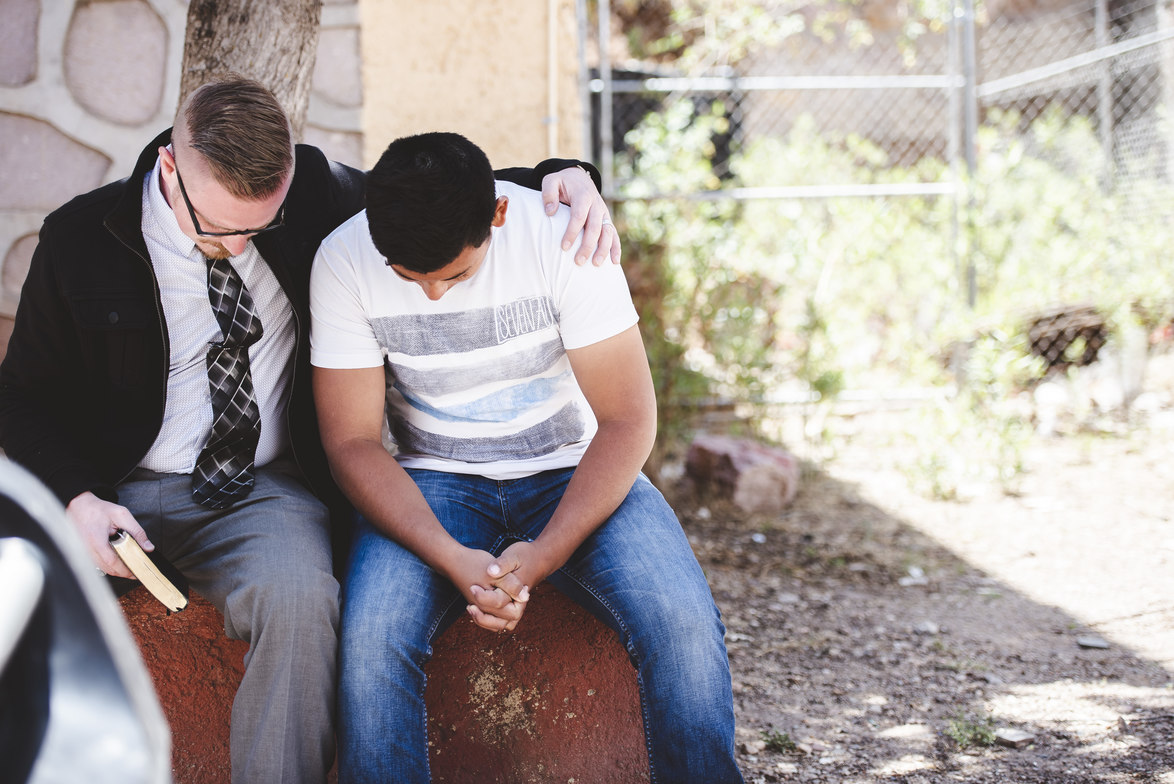"Neuroscience of Compassion: Building a Kinder World"

"The neuroscience of compassion reveals that our brains are wired to connect with others, to feel empathy, and to extend kindness. Understanding the science behind compassion not only deepens our appreciation for human nature but also inspires us to cultivate empathy and kindness in our daily lives."
The world is often marked by its challenges, compassion then stands as a beacon of hope and connection. While spiritual teachings have long emphasized the importance of compassion, modern neuroscience has delved into the science behind this profound human quality. Understanding the neuroscience of compassion not only sheds light on the inner workings of the human brain but also offers a roadmap for building a kinder, more empathetic world. In this exploration, we will delve into the studies on compassion and the brain, demonstrating how cultivating compassion can lead to personal fulfillment and contribute to the creation of a more compassionate society.
Compassion and the Brain: A Neural Perspective
Neuroscientific research has shown that compassion activates specific regions of the brain associated with empathy, love, and social connection. The brain's mirror neuron system, responsible for understanding and mirroring the emotions of others, plays a crucial role in cultivating compassion. When we witness someone in pain or joy, our mirror neurons allow us to resonate with their emotions, fostering a sense of shared humanity.
Moreover, studies have revealed that acts of compassion trigger the release of oxytocin, often dubbed the "love hormone" or "bonding hormone." Oxytocin enhances social bonding and empathy, creating a positive feedback loop where compassionate actions lead to increased feelings of connection and fulfillment.
Personal Fulfillment through Compassion
Cultivating compassion enriches our lives in profound ways. Engaging in compassionate acts, whether small gestures of kindness or larger efforts to support others, boosts our sense of purpose and meaning. Neurologically, these acts stimulate the brain's reward centers, reinforcing the positive feelings associated with compassion. Additionally, practicing compassion reduces stress and anxiety, promoting overall emotional well-being.
Compassion also nurtures a sense of interconnectedness and belonging. As we recognize the shared human experience and empathize with others, we dissolve the barriers that often divide us, fostering a deeper understanding of our collective existence. In this interconnectedness, we find personal fulfillment, a sense of belonging to something greater than ourselves.
Building a More Compassionate Society
A compassionate society begins with individuals cultivating empathy and kindness. By integrating compassionate practices into our daily lives, we create a ripple effect that extends far beyond personal fulfillment. Compassionate individuals inspire others to act with kindness and empathy, fostering a societal shift toward understanding, acceptance, and cooperation.
Educational programs and initiatives that promote compassion in schools and workplaces have shown remarkable results in reducing bullying, improving mental health, and enhancing overall well-being. Additionally, community-based projects that focus on supporting vulnerable populations, promoting social justice, and fostering inclusivity contribute to the establishment of a more compassionate society.
Conclusion
The intersection of neuroscience and compassion reveals a profound truth: our capacity for empathy and kindness is deeply ingrained in our biology. By nurturing these qualities within ourselves, we not only experience personal fulfillment but also contribute to the creation of a kinder, more compassionate world.
As individuals, we have the power to transform our communities through acts of compassion, understanding, and love. By embracing the neuroscience of compassion and integrating it into our lives, we can build bridges of connection, dissolve barriers of division, and pave the way for a world where kindness prevails—a world where compassion becomes the guiding force, illuminating our path toward a brighter, more harmonious future.